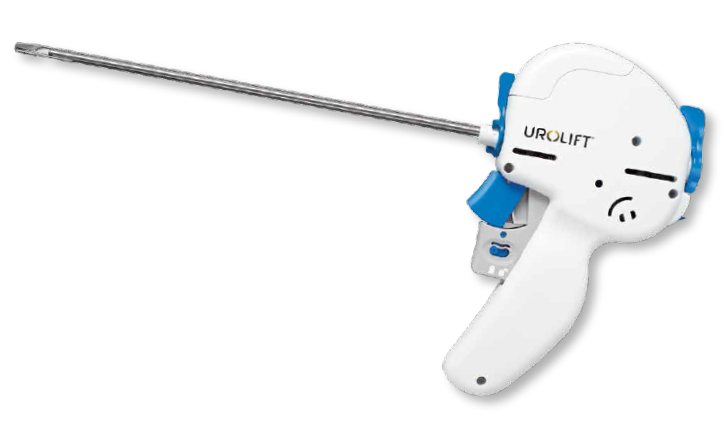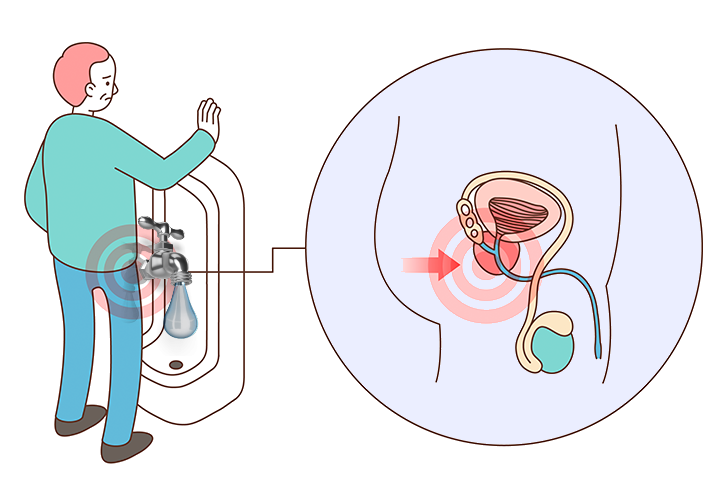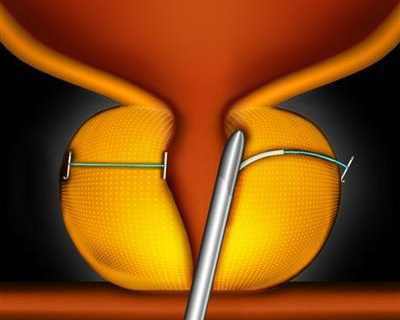UroLift (Prostate Ligation)
The prostate is one of the male reproductive organs, roughly the size of a walnut, and produces prostatic fluid, which makes up about 30% of the semen. It is connected to the urethra and plays an important role in urination. When the prostate enlarges, it puts pressure on the urethra, causing urinary difficulties. This condition is called Benign Prostatic Hyperplasia (BPH).
Benign Prostatic Hyperplasia (BPH) is not a life-threatening condition, but it significantly impacts the quality of life for middle-aged and older men. Many people endure urinary difficulties and postpone visiting a hospital, thinking they can tolerate it. However, if left untreated, it may lead to the need for wearing diapers in the future.
BPH typically begins to appear in men in their 30s or 40s when male hormone levels start to become irregular. By the time men reach their 50s, more than 50% will experience it, and it is so common in older individuals in their 70s and 80s that most will suffer from it.
UroLift is a procedure that does not involve removing the prostate or using lasers. Instead, a small implant is inserted, and sutures are placed to tie both sides of the prostate, widening the space through which urine flows.

Benefits of UroLift
UroLift is completed in a short time of 15-20 minutes under simple local anesthesia, significantly reducing the risk of side effects during the procedure. Additionally, the likelihood of complications such as erectile dysfunction, incontinence, or retrograde ejaculation is also low.
Causes of BPH and the UroLift Procedure
The exact cause of BPH has not yet been fully understood, but it is known to be influenced by various factors in combination.
As men age, the male hormone testosterone can become a major factor in stimulating the growth of the prostate. Additionally, a family history increases the likelihood of developing BPH, and lifestyle factors such as obesity, a high-fat diet, and lack of physical activity may also be related to the onset of the condition.
BPH treatment is needed for people like these
Men often ignore the symptoms of BPH because they think it's an inevitable part of getting older. While it's true that bodily functions decline and urinary control becomes more difficult as we age, BPH is different from normal aging in that it's caused by an enlarged prostate gland.
- 1
Frequent urges to urinate and an inability to hold it.
- 2
A feeling that urine is still retained after urination.
- 3
Difficulty in starting urination.
- 4
Urination is not smooth and is interrupted intermittently.
- 5
Waking up at night due to the urge to urinate.

UroLift procedure video
If left untreated, BPH can lead to an inability to urinate properly, eventually requiring a catheter.
If this condition persists, it can damage the bladder function, and even after treating the prostate, there is a risk of not being able to urinate naturally, requiring a catheter for life. In severe cases, kidney function may decline, and various complications such as bladder stones and urinary tract infections can arise, so it is important to manage it properly in the early stages.








